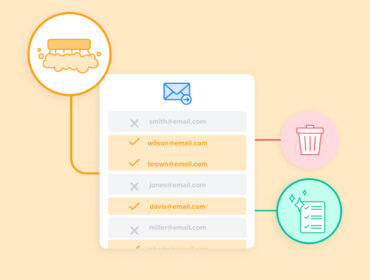What’s an email hash?
The process by which one transforms an email into a 32, 40, or 64-character code via a hashing algorithm is email hashing. This code represents an individual email address. It is encrypted, completely anonymous, and cannot be reversed. Think of it like your email address’ fingerprint.
These qualities makes an email hash a secure way of identifying individual email addresses while protecting personally identifiable information (PII). Furthermore, different parties can hash an email and arrive at the same value. What does this mean for email advertising? Publishers and advertisers can target and reach specific users using their hashed email while still protecting their privacy and identity.
Why is it important?
As the industry prepares for the third-party cookie’s deprecation, this encrypted character code will be essential in identifying and targeting audiences. Unlike third-party cookies, hashed emails are persistent identifiers that allow publishers and advertisers to track users across channels and devices. So, even well after third-party cookies, publishers and advertisers can continue to identify users.
Encrypted email identifiers and the changing identity landscape
We interviewed more than 200 senior marketing and publishing executives to shed light on how they’ll leverage the email address prior to and after the cookiepocalypse. Check out the survey findings to learn more about encrypted email identifiers and their role in the changing identity landscape. Our CEO, Matt Keiser, also shared his thoughts on email as a critical component to identity in AdExchanger. Check out what he had to say, here.


